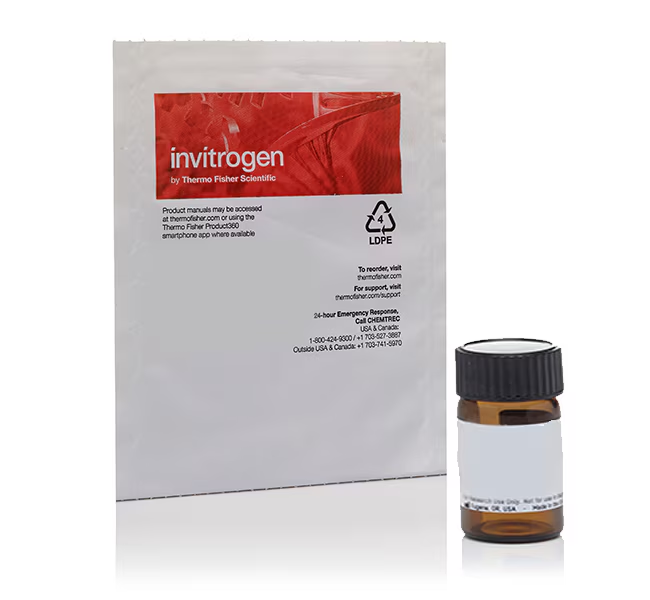
ANEP dyes are molecules that fluoresce in response to electrical potential changes in their environment. These are fast-response probes that operate by means of a change in their electronic structure, and consequently their fluorescence properties, in response to a change in the surrounding electric field. Their optical response is sufficiently fast to detect transient (millisecond) potential changes in excitable cells, including single neurons, cardiac cells, and intact brains. However, the magnitude of their potential-dependent fluorescence change is often small; fast-response probes typically show a 2-10% fluorescence change per 100 mV. Furthermore, these dyes display a potential-dependent shift in their excitation spectra, thus permitting the quantitation of membrane potential using excitation ratio measurements.
Learn more about ion indicators including calcium, potassium, pH, and membrane potential indicators ›
Potential-Sensitive ANEP Dye Specifications:
• Zwitterionic molecule, exhibits the most consistent potentiometric response in different cell and tissue types
• Ex/Em maxima bound to model phospholipid membranes are ∼465/635 nm (but spectral properties are highly dependent on environment)
• Nonfluorescent until bound to membranes
• Soluble in ethanol, DMSO, and DMF (di-2-ANEPEQ is a water-soluble ANEP dye)
• Dye is introduced into cells by direct addition of stock solution to cell culture medium, by using Pluronic™ F-127, or by retrograde labeling
• Fast-response probe, suitable for detecting submillisecond membrane potential changes
Applications for Potentiometric Probes
The plasma membrane of a cell typically has a transmembrane potential of approximately -70 mV (negative inside) as a consequence of K+, Na+, and Cl- concentration gradients that are maintained by active transport processes. Potentiometric probes offer an indirect method of detecting the translocation of these ions.
Increases and decreases in membrane potential-referred to as membrane hyperpolarization and depolarization, respectively-play a central role in many physiological processes, including nerve-impulse propagation, muscle contraction, cell signaling and ion-channel gating. Potentiometric probes are important tools for studying these processes.
Find More ANEP Dyes
We offer ANEP dyes in various forms. Review Fast-Response Probes-Section 22.2 in the Molecular Probes™ Handbook for more information on these probes.
For Research Use Only. Not for human or animal therapeutic or diagnostic use.
| Code | Description |
|---|---|
| D1199 | Catalog Number: D1199 |

